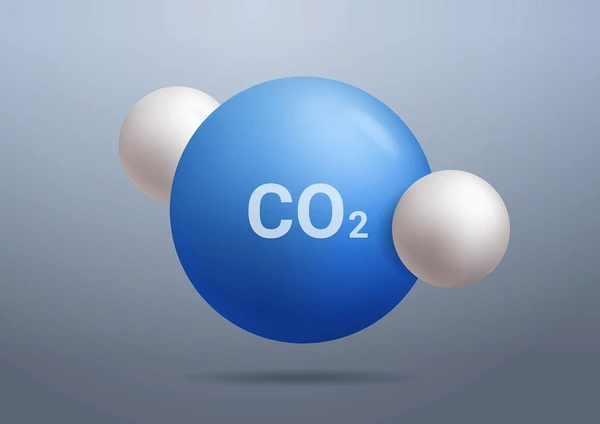Friday, 21 November 2025

The global carbon dioxide market is entering a new phase of transformation, propelled by fast-rising industrial applications, food and beverage processing needs, and the early commercialisation of carbon recycling technologies. According to a new report published by Allied Market Research, the global CO₂ market—which generated $84.2 billion in 2021—is projected to reach $217.8 billion by 2033, expanding at a powerful CAGR of 12.3 per cent from 2024 to 2033. Between 2022 and 2031, the industry is forecast to grow from $84.2 billion to $141.9 billion at a steady CAGR of 5.5 per cent, underscoring a long-term, multi-decadal scaling trajectory.
Global Opportunity Analysis and Industry Forecast, maps a sector shaped by rising energy needs, advanced manufacturing, and climate-linked innovation. Leading players—ACAIL GÁS, Buzwair Industrial Gases Factories, Dubai Industrial Gases, Ellenbarrie Industrial Gases, Gulf Cryo, India Glycols Limited, Linde plc, Messer Group, SOL Spa, and Taiyo Nippon Sanso Corporation—are expanding portfolios, entering joint ventures, and building regional capacity to meet accelerating global demand.
Industry Drivers and Constraints
A surge in consumption from the food and beverage sector continues to anchor market growth, with CO₂ serving essential functions in carbonation, extended shelf-life processes, and cold-chain logistics. However, mounting concerns around emissions, environmental impact, and human health remain structural headwinds. The emergence of alternatives for food-grade applications is adding competitive pressure, compelling companies to innovate toward cleaner, circular, and renewable CO₂ streams.
At the same time, carbon recycling and utilization technologies—ranging from renewable methanol and e-fuels to bioplastics and mineralization—are opening new multi-billion-dollar opportunities. As climate frameworks tighten, CO₂’s role as both a pollutant and a resource is defining an entirely new industrial paradigm.
Pandemic-Era Disruptions and Recovery
COVID-19 reshaped the sector’s supply-demand dynamics. As hospitals urgently required medical gases such as oxygen and CO₂, manufacturers diverted significant production capacity toward healthcare applications. This temporarily tightened availability for non-medical industries, revealing both the fragility and strategic importance of global gas supply chains. As markets normalized post-pandemic, CO₂ consumption diversified once again across industrial, healthcare, and energy segments.
Form Factors and Application Trends
Gaseous CO₂ dominated the market in 2021, accounting for more than two-thirds of global revenue—largely driven by its widespread use in MIG and MAG welding, where it shields molten metal from atmospheric contamination. Liquid CO₂, meanwhile, is expected to post the fastest CAGR through 2031, supported by its expanding role in modern fire-suppression systems.
Food and beverages remain the single largest end-use segment, contributing more than one-third of total revenue in 2021. Carbonation, modified-atmosphere packaging, and the use of dry ice for temperature-controlled distribution continue to fuel adoption. The medical segment, however, is poised for the fastest growth rate through 2031, as CO₂ becomes increasingly vital for endoscopy, laparoscopy, arthroscopy, and minimally invasive surgical procedures.
Asia-Pacific Consolidates Global Leadership
Asia-Pacific accounted for more than two-fifths of global CO₂ market revenue in 2021 and is expected to maintain the fastest growth trajectory, with a CAGR of 6.31 per cent through 2031. The region is emerging as the epicenter of new CO₂-utilization technologies, integrating climate goals with economic expansion. From industrial hubs in China and India to manufacturing clusters in Southeast Asia, CO₂-based processes are being recognized as strategic tools for reducing emissions while unlocking new green-economy value chains.
As countries intensify their decarbonization commitments and industries seek cleaner fuel cycles, the carbon dioxide market is transitioning from a commodity-driven sector to a cornerstone of next-generation climate technology. The decade ahead is likely to redefine CO₂ not merely as an industrial input, but as a critical enabler of circular manufacturing, sustainable materials, and low-carbon growth worldwide.